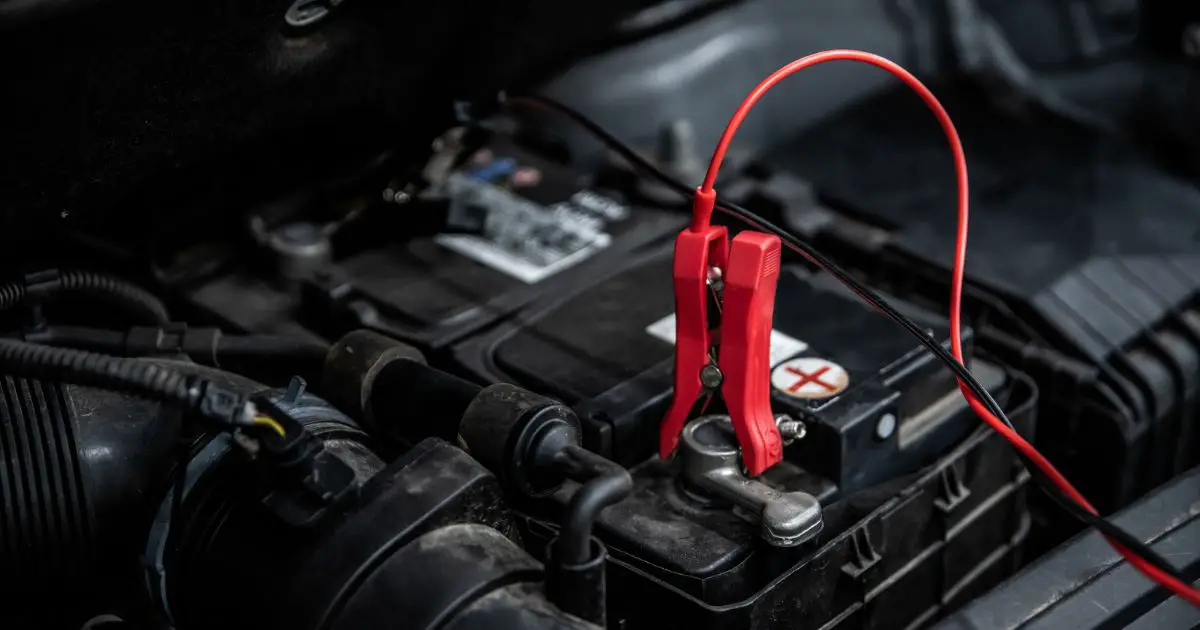In some cases, the generator does not require a separate grounding system. But in other cases, it needs grounding to function properly. So do portable generators need to be grounded?
Portable generators are a great source of electricity. They provide electricity in power failures, camping, or while using power tools at the worksite. Although portable generators are safe than other motor-driven tools, you need to consider some essential safety risks.
One such is grounding the generator. The generator, like every other electric appliance, needs proper grounding. In this guide, we’ll tell you how to ground your portable generator.
Can you run a portable generator without grounding it?
You don’t necessarily need grounding to start the generator. You should consult the owner’s manual that comes with your generator.
If you need to ground your generator, go for it. Indeed, it can save your life if something goes down. It does that by diverting excess energy into the ground through a ground rod. This way, it prevents users from accidentally shocking themselves while working with the generator. It’s not necessary to ground all generators.
You have to check each component to ensure they aren’t hanging loosely on the frame. For example, components such as the fuel tank, generator’s engine, housing, and the power receptacles.
Other than that, if you are directly plugging appliances into your generator. And you are not using appliances through the home system; there’s no need to ground your generator. But still, make sure that every component of the generator is securely bonded to the frame.
Having everything bonded to the frame and using appliances with an extension, you can use it without grounding. It’s not because your generator won’t give you electric shocks. Instead, the frame of the generator will act as a grounding unit for your generator.
What happens if you don’t ground a portable generator?
If you do not ground your generator properly, it poses many risks. One such is that of voltages spike. When you turn on or off an electric appliance, this results in power surges in your system. This can overload your wiring, and, in turn, the appliances connected to your generator will have a slight chance of overheating and catching fire.
Another risk is the hot wires may touch the generator’s frame. This can result in electric current circulating in its frame. If there is anything flammable near it, the spark from the current can result in a fire. Worse than that, if you touch the frame of the generator, it can shock you.
How do you ground a portable gas generator?
If you need to ground your portable gas generator, you’ll need the following equipment.
- Copper Grounding Rod
- Copper Grounding Wire
- Pliers, Wire Strippers, and Wrench
- Hammer or Mallet
Take the copper grounding rod and hammer it into the ground. The copper rod should be 8 feet deep into the ground. Next, you bury the rod into the ground too. Which is comparatively harder than hammering, but it is more effective. If you are in rocky or rugged terrain, you may hammer the rod up to a 45-degree angle.
Next is to connect the copper wire to the copper grounding rod. For this, strip up to 12-inches of insulation off the copper grounding wire. Then, wrap the bare wire around the top of the rod. Make sure you wrap it tightly around the rod with the help of pliers.
Once you complete the two steps, you’re good to connect your copper grounding rod to your generator. Take the other end of the copper grounding wire, and strip it about an inch or two. Remember to turn off your generator before you connect the grounding wire to it.
Now, locate the grounding bolt in your generator. Wrap the wire around the nut with a plier after loosening it. Tighten the nut, and you’re good to go.
You have successfully grounded your generator.
Why is the neutral grounded in generators?
The main reason is, without ground, there will be static electricity build-up. It will get to the point where arcing will occur in or near the generator. This can result in a significant loss in power, overheating, or even shocking you.
With grounding, the breaker or fuse will respond quickly if there is a problem in the power supply.
What is a floating ground on portable generators?
The floating ground on a portable generator means that the neutral is not connected to the generator’s frame or anything. Instead, it is connected to the winding inside the generator.
Manufacturers recommend that you should connect the frame to the ground. Without the ground rod, the current will circulate in the frame and shock you if you touch it.
The floating neutral should connect to your existing panel neutral. In these generators, both neutral and hot are considered hot. This is because they both can eliminate the risk of shock.
How long should a grounding rod be?
For grounding your generator, a special grounding rod is appropriate to use. The grounding rod should at least be 8 feet long to ensure proper grounding of your generator. Although, there is no specific distance on how far the grounding is from your generator. But experts suggest that the distance between your generator and ground should be small. This way, the grounding will be adequate.
If you intend to place two or more grounding rods, the distance between each rod should not be less than 6 feet.
Can I ground my portable generator to my house ground?
If you are planning to use your generator power from the utility panel that supplies your house. Then you don’t need another ground. This is effective as the ground in your home will be capable of easily grounding the generator.
But if you plan to use appliances or equipment through an extension cord, you need a separate ground. It can shock you if there is a current circulating in the generator’s frame.
Does a standby generator need a ground rod?
Every electricity generator needs ground. If it isn’t ground, your life can be at risk. Standby generators don’t usually need a separate grounding rod. Instead, the standby generator would use the same grounding mechanism as that of the utility panel ground.
If your transfer switch switches the neutral, too, you’d need a separate ground for your standby generator.
Can rebar be used as a grounding rod?
If you don’t have access to copper grounding rods, or your terrain doesn’t allow you to install a grounding rod, you can use the rebar for grounding. As the rebars are of galvanized steel. And they run in great lengths in your house structure to underground.
Conclusion
In this guide, we’ve covered some of the reasons why to ground the generator. With that, there’s a small guide on what tools you’d need and how to ground the generator. Now whether you need to ground or not depends on your generator. Therefore, consult with the owner’s manual.
Most generators nowadays come with the floating ground technique. So, you don’t need to install a separate grounding as it’ll use the one in your home. Instead, experts suggest an 8 feet long rod for grounding.
That’s all, with this guide, you’ll be able to ground your generator easily. And probably, save yourself or your appliances from any damages.


